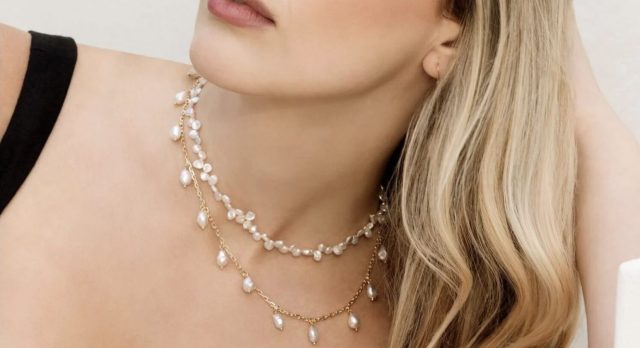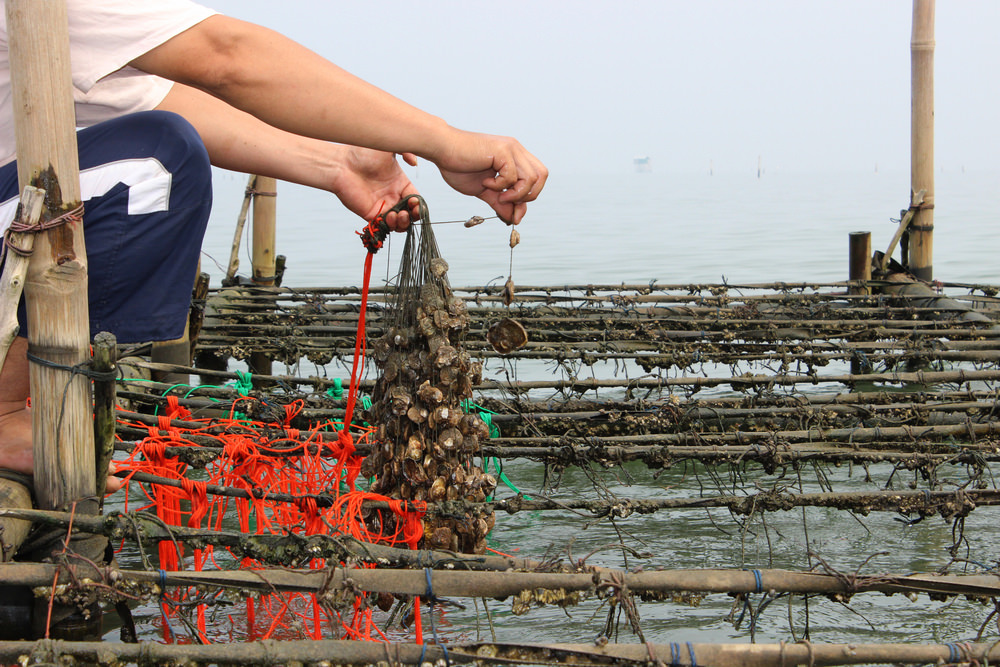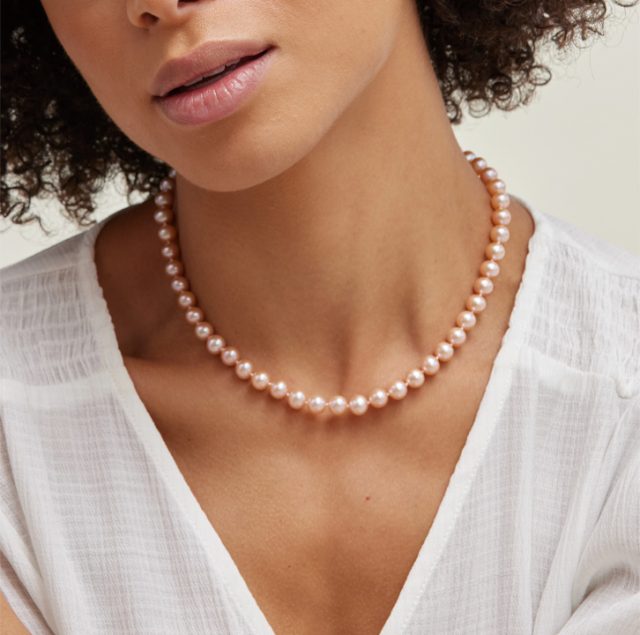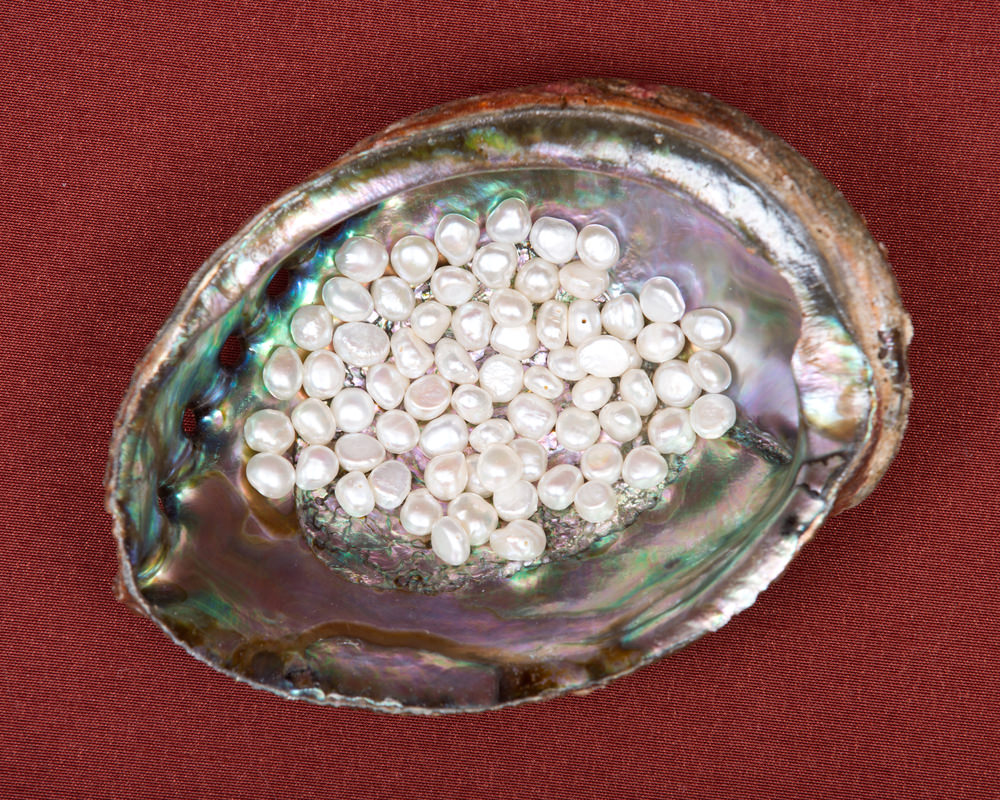Freshwater pearls are one of the most stunning treasures of the natural world. Their organic beauty—formed within the quiet depths of rivers and lakes—makes them a symbol of elegance, resilience, and nature’s artistry. Naturally, with such beauty comes a high demand for these gems. To meet the demand of the global jewelry industry, freshwater pearl farming has developed into a booming industry.
Freshwater pearl farming is a delicate balance of art and science, requiring skill, patience, and the right environmental conditions to cultivate high-quality pearls. Unlike saltwater pearls, which typically grow in oysters, freshwater pearls are harvested from mussels and can produce multiple pearls at a time. This sustainable farming process plays a crucial role in the jewelry industry, offering a wide variety of shapes, colors, and sizes.

In this guide, we’ll take you behind the scenes of freshwater pearl farming, exploring how these luminous gems are cultivated—from mussel implantation to harvest—and the craftsmanship involved in bringing them to market.
Freshwater pearls are cultivated within freshwater mussels, setting them apart from their saltwater counterparts. Here are some other defining features of freshwater pearls that make them suitable for cultivation.
One of the most striking features of freshwater pearls is their potential for size—they can grow up to ten times larger than saltwater pearls naturally. Additionally, the luster produced by freshwater pearls is nothing short of astounding.
A defining characteristic of freshwater cultured pearls is their purity. Unlike many saltwater pearls that require a shell bead nucleus, freshwater pearls form without such additions. Each freshwater mussel has the potential to produce multiple pearls in a single production cycle, making them a cost-effective and efficient option for pearl cultivation.
Freshwater pearl cultivation is less demanding in terms of advanced surgical skills compared to ocean pearl farming. This simplicity not only makes freshwater pearl farming easier but also contributes to their cost-effectiveness, making them more accessible to a broader audience.
The quality of freshwater pearls is assessed through a pearl grading system that takes into account various factors, including surface quality, shape, luster, matching, and color.
The surface quality of a freshwater pearl plays a crucial role in its overall value and beauty. A flawless surface is highly prized, while imperfections may affect the pearl’s desirability.
Freshwater pearls come in a variety of shapes, ranging from classic rounds to unique baroques. The shape of a pearl can greatly influence its charm and appeal.
Luster is one of the defining characteristics of freshwater pearls. Their captivating, mirror-like sheen sets them apart and enhances their overall beauty.
Matching pearls in terms of size, shape, and luster is essential in creating harmonious and elegant jewelry pieces. Meticulous matching adds value to freshwater pearls.
Freshwater pearls showcase a wide range of natural colors, offering an array of options for jewelry designers and enthusiasts. The color of a freshwater pearl is determined by the mussel’s environment and genetics.

Freshwater pearl farming is a complex and time-intensive endeavor. It involves nurturing thousands of oysters over several years to produce pearls. However, it’s important to note that pearl farms are susceptible to uncontrollable forces, such as severe weather, pollution, disease, and other environmental challenges.
The freshwater pearl farming process begins with the collection of oyster eggs and sperm from high-quality oysters already on the farm. These elements are combined to create a new generation of larvae for the oyster farm. The oyster larvae are kept under controlled conditions before being released into the wild.
As the oyster larvae grow, they attach themselves to stable objects like rocks in the water. In a matter of months, they transform into small baby oysters. These baby oysters are then carefully collected and moved to a separate nursery area.
The nucleation process is a surgical procedure in which a foreign object is implanted inside the oyster. This irritates the oyster, prompting it to produce layers of nacre around the irritant. Over time, this process leads to the formation of actual pearls, each with its unique shape and size.

It takes a lot of hard work, patience, and great care for an oyster to create a pearl, but the end result is undoubtedly worth it.
The pearl necklace has become an iconic piece, being worn by notable women such as Jackie Kennedy and Princess Diana. Discover the beauty of Freshwater Pearls for yourself, and embrace this classic style.
After the oysters have been nucleated, they require a period of recovery. During this time, some oysters may reject the implanted nuclei, while others may experience health issues. However, the majority of oysters recover and contribute to the overall value of the farm.

Surviving oysters are placed in nets or cages and nurtured in designated oyster beds. The nurturing process can extend for several months to several years, allowing the freshwater pearls to reach their full development.
Once the pearls have fully developed, the freshwater pearl harvesting process begins. The pearls are carefully extracted from the oysters, cleaned, dried, and sorted. To enhance their luster, some pearls may be polished with water and salt, adding a radiant shimmer to their natural beauty.
Sustainability in freshwater pearl farming goes beyond beauty—it’s about protecting ecosystems, supporting ethical labor, and ensuring long-term viability. Unlike wild pearl harvesting, responsible farms use regenerative practices, maintaining healthy mussel populations and clean water systems. Many also contribute to local conservation efforts, recognizing that pristine environments produce the best pearls.
When evaluating the sustainability of farmed pearls, consider:
Choosing ethically sourced pearls supports both the environment and the artisans who bring these natural gems to life.
Several factors influence the quality of freshwater pearls, including their surface quality, shape, luster, matching, and color. A flawless surface, round shape, exceptional luster, precise matching, and vibrant colors contribute to the overall value and desirability of freshwater pearls.
Freshwater pearl farming is a time-intensive process. From the collection of oyster larvae to the final harvest, it typically takes between 2 to 5 years to cultivate pearls. The duration can vary based on factors such as the mussel’s environment, water quality, and specific farming practices.
Many freshwater pearl farms are increasingly adopting environmentally sustainable practices. These farms understand the importance of preserving the aquatic ecosystems in which freshwater mussels thrive. By implementing responsible farming techniques, such as water quality management and disease control, they aim to ensure the long-term sustainability of the industry while minimizing environmental impact.
Freshwater pearl farming is an intricate and rewarding journey that results in the creation of some of the most enchanting pearls in the world. Their natural beauty, variety, and affordability make them a popular choice among jewelry enthusiasts. Understanding the ins and outs of freshwater pearl farming only deepens our appreciation for these exquisite gems, which continue to hold a special place in the world of jewelry and fashion.
Signup now and receive an email once I publish new content.